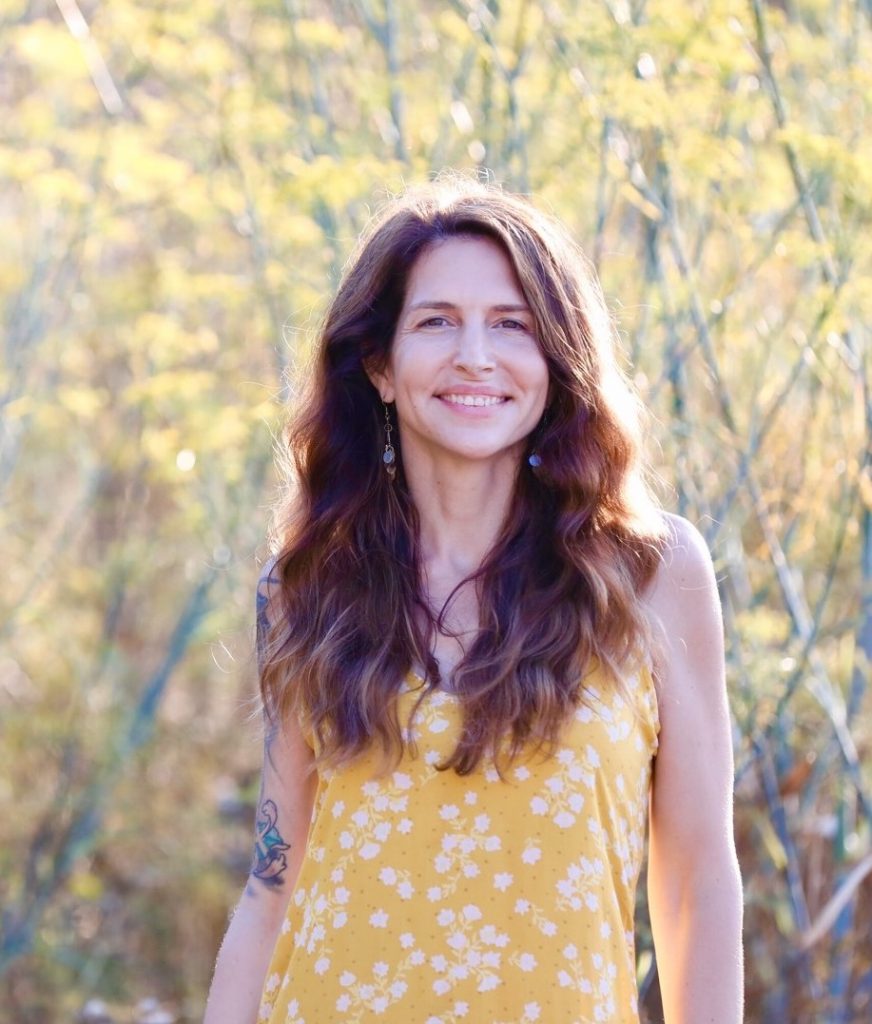Very recently, Clarissa Pinkola Estés, poet and Jungian psychoanalyst, said of the late Robin Williams, “He learned for 63 years of his life how to be ‘the fire handler.’ That is where I would praise him, for what he has managed to do for six+ decades; handle fire, while being made of parchment\” (Estés, 2014).
I gasped after reading her words, letting them kindle again for a moment the brittle parchment of my own soul, which has itself apparently survived many conflagrations ignited by failures, losses, and challenges—as well as many other unexpected moments of ecstatic wonder, inspiration, and triumph. Indeed, Estés’s words and Williams’ career—during which we encountered him as Fool, Trickster, Sage, Poet, Hermit, Sacred King, and many more archetypal embodiments—have me reflecting on the true power of the Sacred Wound.
That which might be termed “soul loss” in indigenous and shamanic healing contexts, suffered as a consequence of life’s vicissitudes, is certainly painful and responsible for so much despair and disconnection from meaning, purpose, will, power, beauty, and love. Yet, the hunger to be whole, while leading to a seemingly endless array of mistakes and false starts, can also serendipitously bring wisdom and sow the seeds of transformation. The effort to heal those perpetual wounds engenders—or perhaps illuminates—the unique gifts that only we possess, and more to the point, that only we can deliver to the world in our utterly unique way. After all, no one else can be us better than we can. We have but to make the seemingly foolish choice to turn and face our pain, to lean into that which wounds us, to face with courage what has victimized us, addicted us, or had us on the run for most of our lives.
However, I am becoming increasingly frustrated with ever growing assurances from well-meaning memes and media that the act of turning, confronting, and fighting our demons will itself magically vanquish them and automatically transform everything in positive and helpful ways—as if the act of doing an about-face in our flight guarantees the desired outcome. Irrational thoughts don’t go away just because we dispute them effectively. Beliefs and attitudes built over a lifetime don’t give way to different ones in an instant. Addictions don’t die just because we admit we have a problem with them. Leaning into the storm does not banish its tempests, and one day those storms might indeed have their way with us. Powerful emotions can arise from very deep, abysmal, murky wells. As these fragile bodies lose strength and vitality over the course of a lifetime, we may have the will but not the strength to keep confronting the monsters, and eventually even our will could erode.
Yet, bones that break do often become stronger when healing around the break. Our bodies and spirits can develop an ethereal, silvered grace through the adventures and misadventures of our lives—just as storms and floods etch beautiful lines and curves into rocks, trees, and riverbeds.
Authentic heroism and greatness do not expect, demand, or depend on success. In the best stories, the goal or objective of the quest actually plays a minimal part in comparison to the courage, passion, and integrity of the hero or heroine. These qualities arise out of the decision to remain true to oneself even in the face of doom and failure. Happiness, is not after all, everything.
Moreover, what we understand to be “mental health” might be a chimera against a reality that is itself meaningless, arbitrary, and “insane.” Our artists, poets, actors, mystics, and crazy people—and perhaps some teachers as well—live on or close to that edge of realization, where there is much terrible beauty and beautiful terror.
By no means is a deliberate exposure to being abused repeatedly by those who have shown themselves to be chronically malicious and untrustworthy a good or noble thing to do. Yet sometimes, when heart and body together experience a moment of rightness in a relationship or context, an unprecedented opportunity or growth may present itself. In such a moment, being deliberately, honestly vulnerable—particularly after all that has demolished us and that perhaps continues to wound us—is possibly one of the greatest acts of courage, insanity, and strength that we could ever imagine or embody. To show our tenderness and risk being torn apart again can be an act of power.
Talking about our vulnerability with someone that we hope is trustworthy is admirable, deserving of validation and support, even as it may risk scorn and judgment from others. Actually embodying it, though, in particular moments is wonderful and takes breathtaking courage. It empowers us to be windows on Beauty for those who have eyes to see it, appreciate it, and be inspired by it. Actually living it in an ongoing way reminds me again of Estés’ metaphor of the parchment that holds fire—a life lived fiercely and fully, most likely for a span that passes all too quickly, albeit unapologetically.
That parchment will not be of long duration, and how tragic for those who might never witness directly the beautiful flame it holds. But what wonder is there for those who do, and what secret language written upon it might be momentarily revealed in the heat of the flames?
Read more articles by Drake Spaeth here

